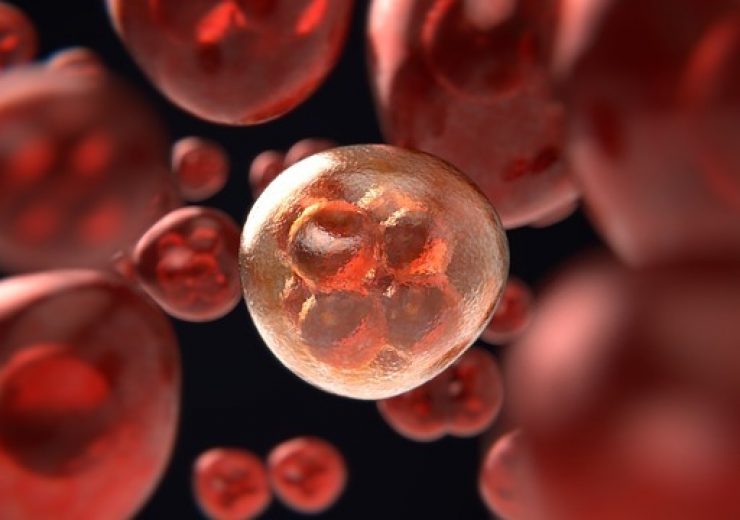The new biomimetic nanosheet holds the potential to track tumour development and treatment processes in real-time

The research used 2D nanosheets (FePSe3) to develop a novel multifunctional nanomaterial for cancer theranostics.(Credit: Colin Behrens from Pixabay)
A research team from the Department of Applied Biology and Chemical Technology (ABCT) of The Hong Kong Polytechnic University (PolyU) has developed a new biomimetic nanosheet for cancer therapy and imaging.
With a multi-modal imaging function, the new biomimetic nanosheet holds the potential to track tumour development and treatment processes in real-time.
By using immunotherapy and photothermal therapies, the biomimetic nanosheet helps to precisely treat tumours, enhance the therapeutic outcome of tumours, minimise side effects and increase patients’ survival rates.
PolyU’s ABCT chemical technology professor Wing-tak WONG and his team commenced the research in 2018.
Wong said: “The biology and chemical experts of PolyU have been dedicated to new drug development over the years, and have achieved some significant breakthroughs especially in cancer treatment.
“The newly developed biomimetic nanomaterials developed by PolyU are part of our endeavours in fighting against cancer.”
The 2D nanosheets (FePSe3) have been used by the research team to develop a novel multifunctional nanomaterial for cancer theranostics.
The team loaded the FePSe3 nanosheets with anti-PD-1 peptide (APP), which holds the potential to block the conjugation between PD-1 (programmed cell death 1) on T-cells and PD-L1 (programmed cell death ligand-1) on cancer cells to attain efficient immunotherapy.
Upon the completion of coating with cancer cell membranes, the nanosheets will turn as a biomimetic nanomaterial with tumour cell membrane characteristics that offer better camouflage to target the tumour site effectively.
The cell membrane enveloping the nanosheets will preferentially adhere to cancer cells and slowly peel away, once the biomimetic nanosheets are injected into the living bodies. It will help the nanomaterial to start immunotherapy.
By using magnetic, optical and thermal properties, the FePSe3 nanomaterials facilitate three imaging modalities such as magnetic resonance imaging (MRI), photoacoustic imaging (PAI) and photothermal imaging (PTI).
The imaging modalities will enable real-time tracing and tracking of the tumour sites and the nanosheets to achieve multimodal diagnosis in cancer treatment.
